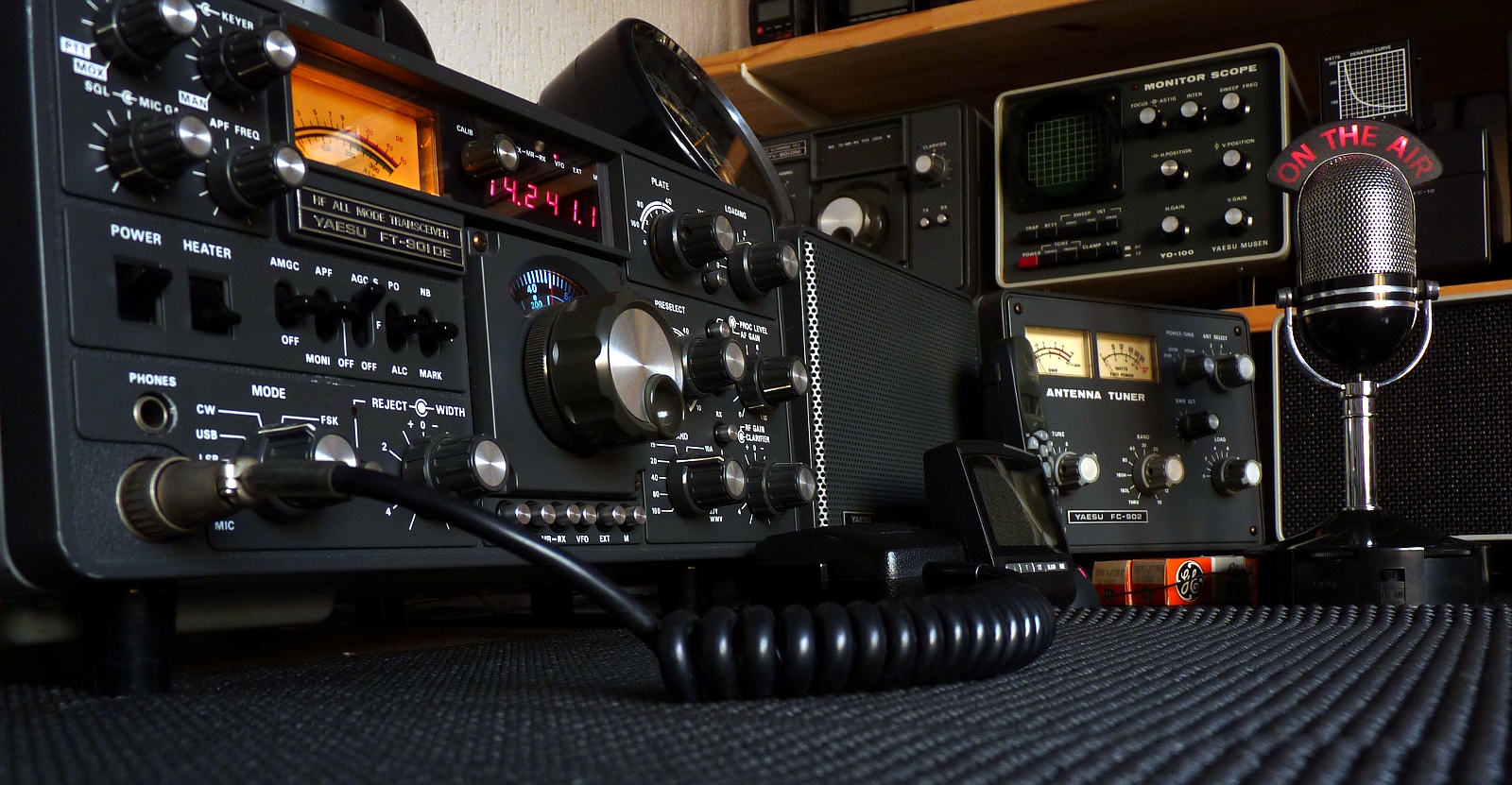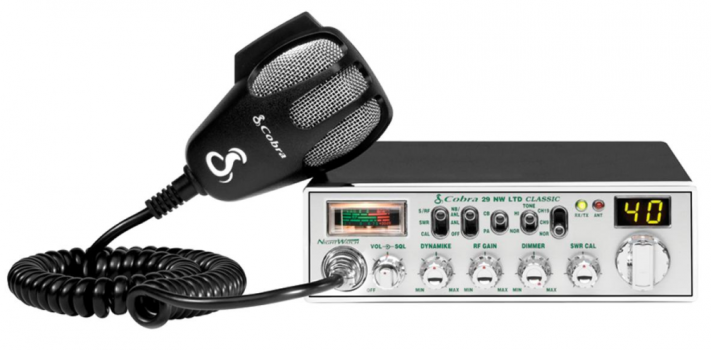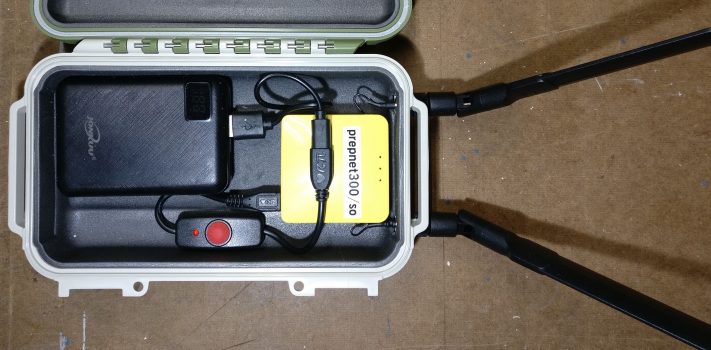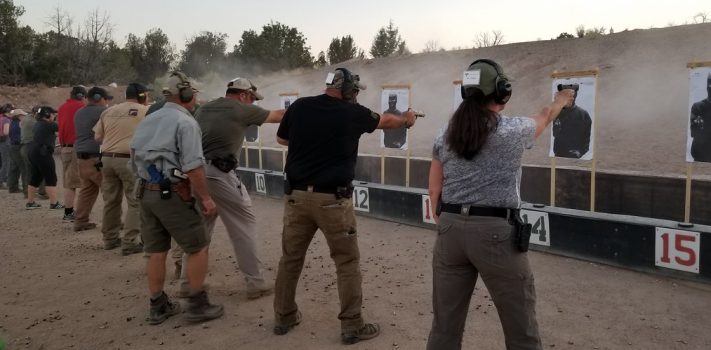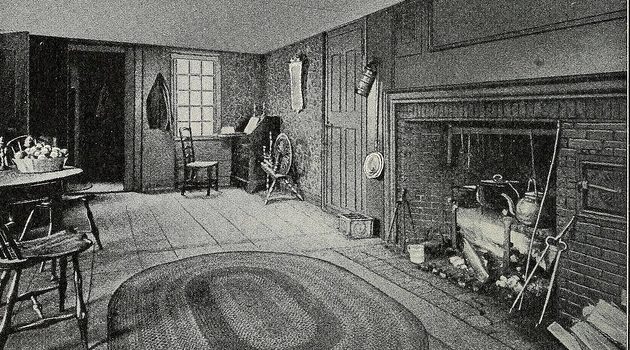The K.I.S.S. Principle and Transceivers – Part 2, by Tunnel Rabbit
(Continued from Part 1.) UHF Business Band Transceivers This is a more versatile radio than the Midland MXT400 that can access off the beaten path frequencies, and provides much better COMSEC (Communications Security). These can use the same antenna, cable, and adapters detailed for the GMRS transceivers. This type of radio can be programmed per your instructions by BuyTwoWayRadios.com, and the radio is easy to use and rugged. Our choice of frequencies are limited by the radio to the UHF band, and the limits of the antenna that covers only a section of the UHF band. We can also purchase …

